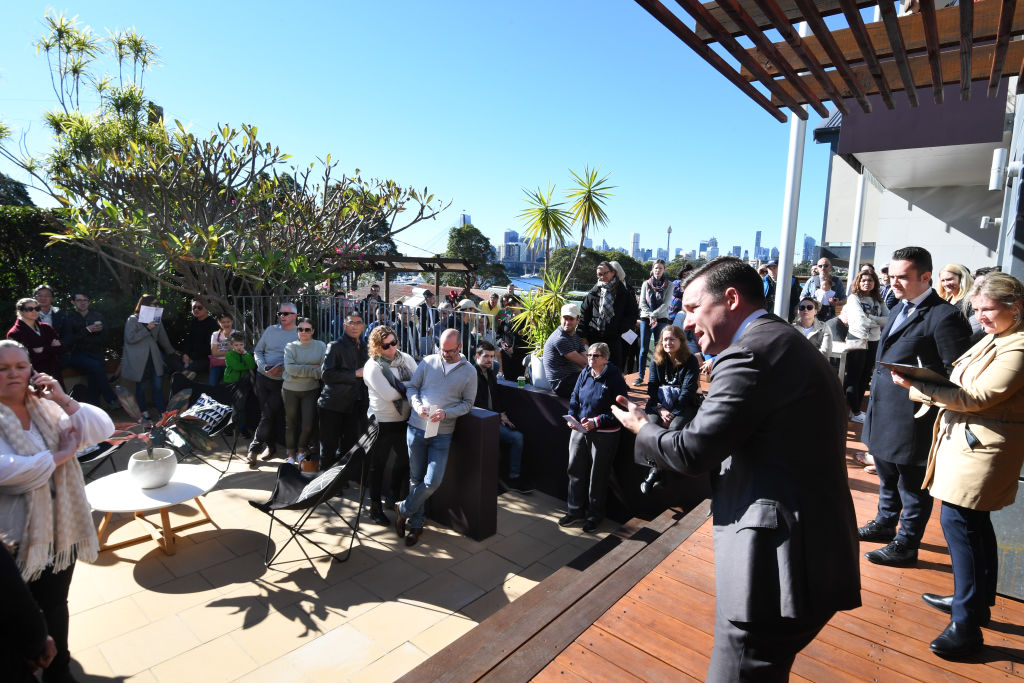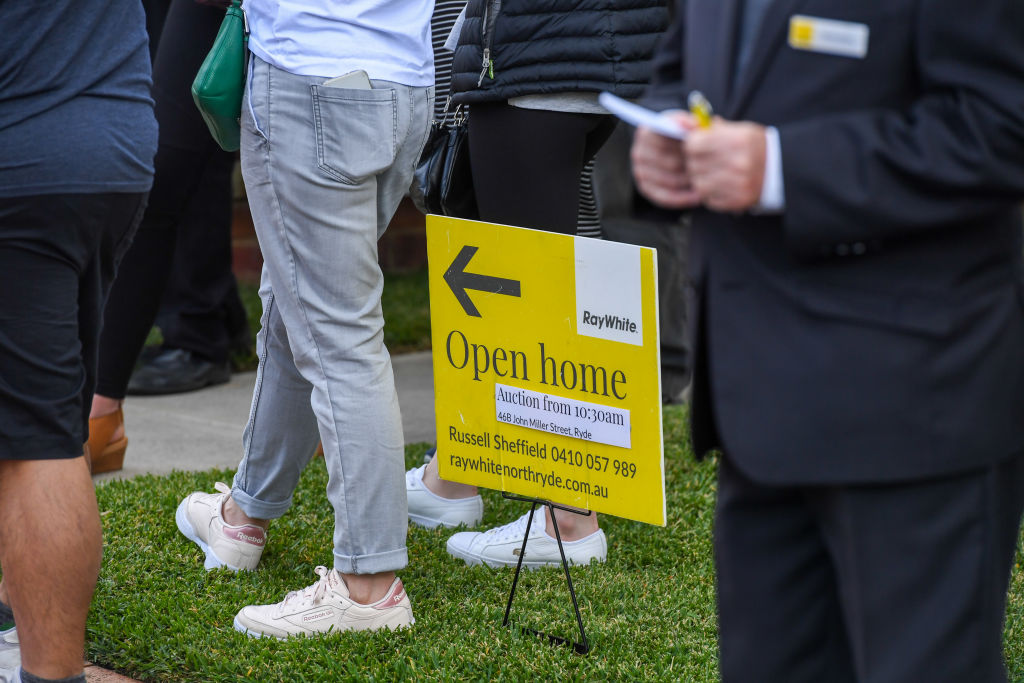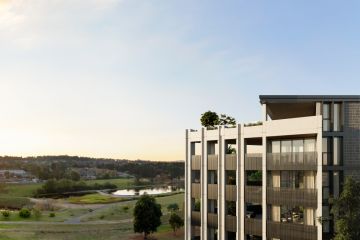Nine out of 10 Australians have sold their house for a profit in 2021

Nine out of every 10 Australians who sold their homes in the first part of the year made a profit, bringing them in a stunning $30.6 billion in extra cash, a new report has revealed.
The big winners were owner-occupiers of houses, particularly in regional Australia, while investors tended to make slimmer gains, and nearly a fifth of apartment-owners made a loss on their properties – almost two and a half times the rate of houses that didn’t sell for a profit.
For the CoreLogic report, researchers analysed about 98,000 resales across the country from the March 2021 quarter, a period that was buoyed by an 8.1 per cent rise in national housing values from September 2020 to the end of March 2021.
“The total profit reaped by sellers in the first quarter of 2021 was $30.6 billion nationally,” said Eliza Owen, head of research for Australia at CoreLogic. “This is actually down from $32.2 billion in the December quarter, but that is likely a reflection of seasonally lower sales activity through the start of the year.
“March 2021 also marked the fourth consecutive quarter where regional Australian resales sustained a higher rate of profitability than in the capital city markets — 90.6 per cent of regional resales saw a profit through the quarter, compared with 90 per cent of capital city sales.”
That gap in the rate of profit seen between capital cities and regions has narrowed, however, with capital-city growth rising to closer to regional rates through April and May.
The surprise high level of profitable resales has been welcomed by the real estate industry, with agents feeling it may well encourage home-owners to enter the market and boost the low level of supply.
“That does mean a lot of motivation for potential vendors to come in and look at the market, and I think that’s great,” said Richardson & Wrench managing director Andrew Cocks. “It certainly will encourage people to sell.
“But, there’s still an element of uncertainty in the market that’s demonstrated by the number of listings that are still below historic numbers. While interest rates are still so low, there are other hurdles, like the number of sellers who are putting their prices up and up too high and buyers dropping out, particularly at the lower end, because they can’t compete.”
First National Real Estate CEO Ray Ellis has also greeted the report’s findings with enthusiasm. He believes that Australians has a passion for property that’s unparalleled in the rest of the world, and this latest result has underlined their belief in how powerful it is as an agent for wealth creation.

“The report has identified how Australians, during COVID-19 times, fell in love with their homes all over again as they’ve become their playgrounds, their holiday destinations, their office, and their games room, as well as somewhere to live,” he said.
But while there’s a lot of demand now to downsize, upsize, relocate or get into the market for the first time, with finance so cheap, there’s not enough property to buy, and people traditionally want to buy before they sell.
“So, hopefully people are realising that now is the perfect time to sell, with our average days on market shrinking from 25-35 days down to three to 10 days, and bridging finance so cheap and back in vogue.”
The CoreLogic report found only 6.8 per cent of houses sold at a loss, compared with 16.8 per cent of units being sold for less than for what they were originally bought. The 90.3 per cent that sold for a profit was up on the 89.1 per cent that did so in the previous quarter, while homes in regional Australia sold for a profit for the fifth consecutive quarter.
Sea change and tree change markets performed strongly, with Victoria’s Ballarat recording a 99.5 per cent profitable sales rate, while Melbourne CBD units had the highest rate of loss. Resource-based housing markets in Western Australia and the Northern Territory, meanwhile, experienced a sharp fall in loss-making sales.
“This result, showing so many profitable resales nationwide, is obviously not surprising given that prices have risen so strongly in cities and regional markets, with high demand and quite low stock levels,” said Adrian Kelly, national president of the ReaI Estate Institute of Australia.
“But, I’m hoping this spring we might see extra stock come to the market, particularly in regional areas which will help the market become more balanced, which it clearly at the moment isn’t at all.”
We recommend
We thought you might like
States
Capital Cities
Capital Cities - Rentals
Popular Areas
Allhomes
More







